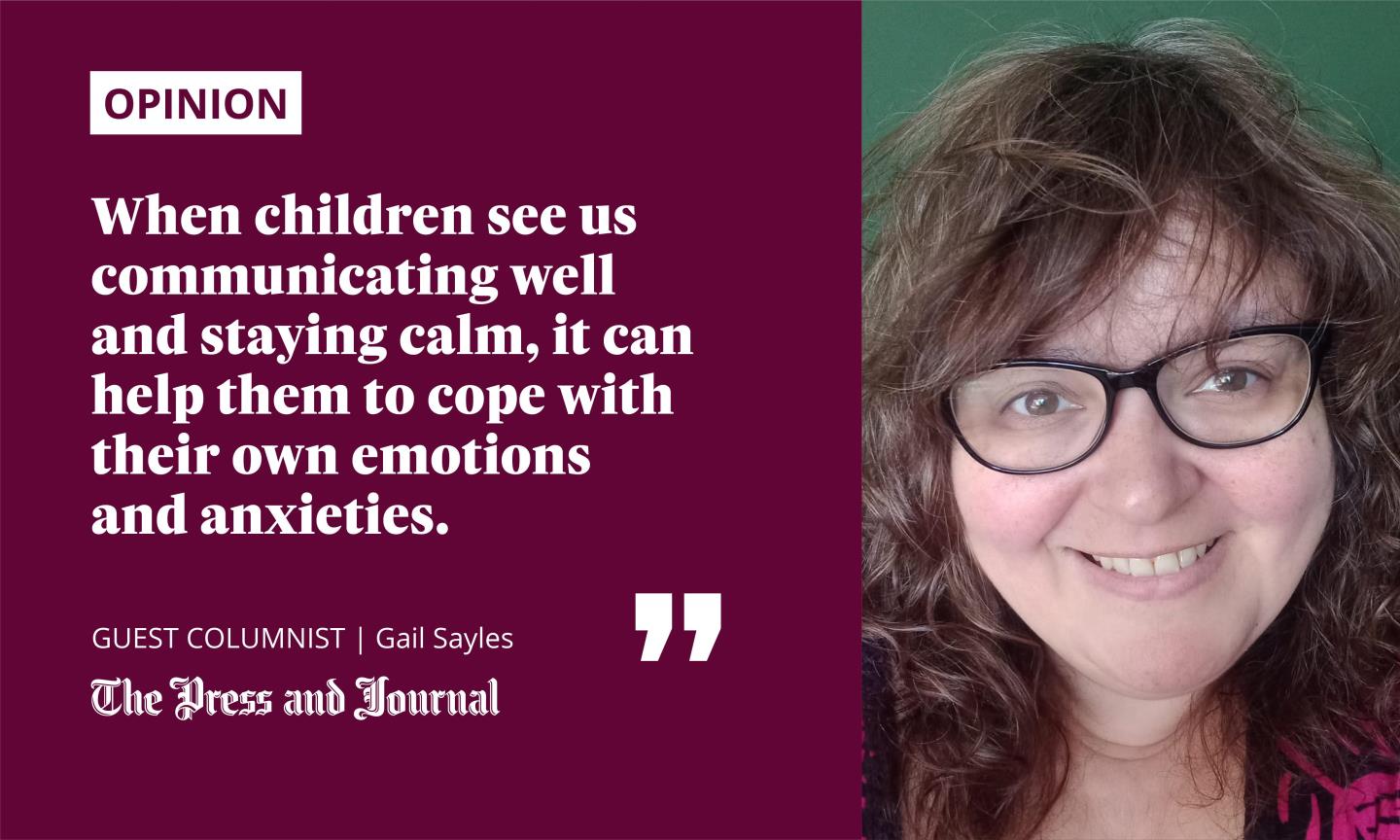Every family experiences challenges at times, which can put a strain on relationships.
It’s so important that, even when life is busy and stressful, we make time to talk as a family about how everyone is feeling.
The winter months can be an especially challenging time, when households tend to spend more time indoors together because of the weather, and also with people potentially having to isolate due to Covid at the moment.
Stress and spending more time with one another can cause conflict and arguments.

During the Christmas period, our Childline service delivers hundreds of counselling sessions with children concerned about family relationships.
It is helpful for families to talk about routines, chores, work and learning and how we can best share the spaces in our homes. Talking about our frustrations and listening to one another can help with feelings of isolation and loneliness.
Children may blame themselves for a break-up
It can be difficult to keep children shielded from adult arguments when everyone is together for most of the day. It’s natural for family members to argue with each other, but when children see adults in heated situations, it can be very distressing for them.
It’s helpful to be honest with children when talking about a separation
On the other hand, when children see us communicating well and staying calm, it can help them to cope with their own emotions and anxieties.
In situations where differences cannot be resolved and a decision is taken for parents to separate, it can be extremely difficult for all members of the family. Children may feel confused or unhappy – or even blame themselves for a break-up.
Always remind children they are loved
To support children during a separation and help them with their worries, it’s good to remind them that they’re loved by both parents. It’s also helpful to be honest when talking about the situation, but it’s important to keep in mind the child’s age and understanding.
It’s good to let them know they can talk about their feelings with you as their parent at any time. You should explain that it’s OK to be sad, confused or angry.
There are a lot of ways to make it a bit less painful when talking to children about divorce or any other difficult subject. The NSPCC website has advice for parents on talking about tough topics.
Sometimes children find it hard to speak to someone in the family about their parents separating. You can remind them that they can always contact Childline by calling 0800 1111, or having a one on one chat online.
Gail Sayles is NSPCC Scotland local campaign manager
